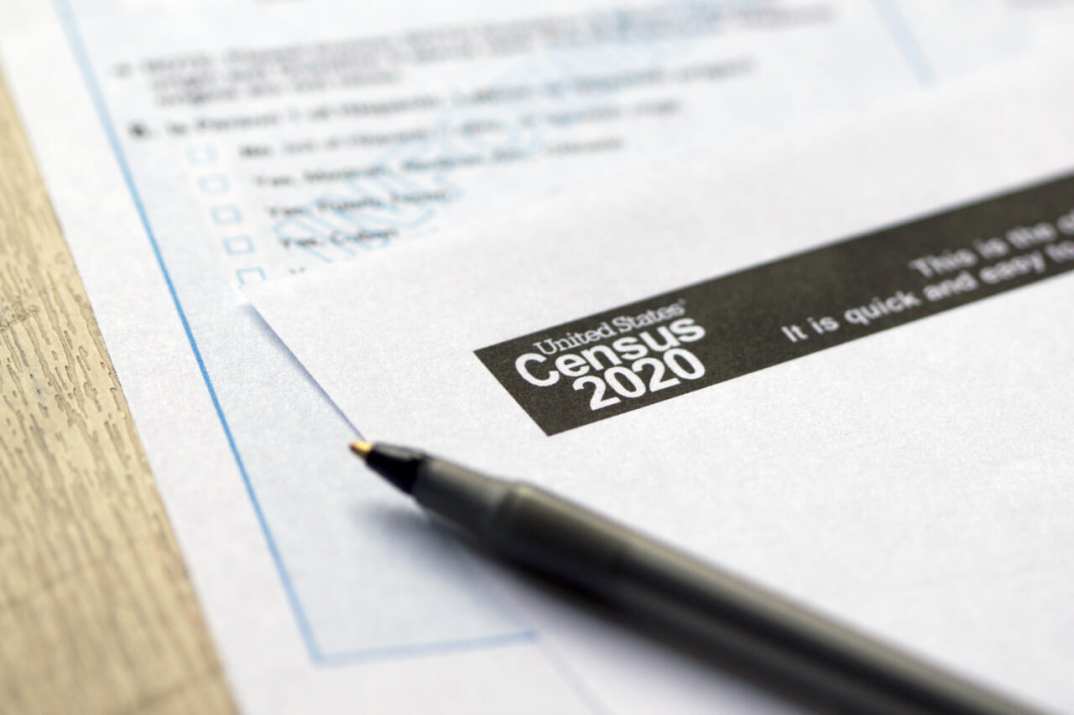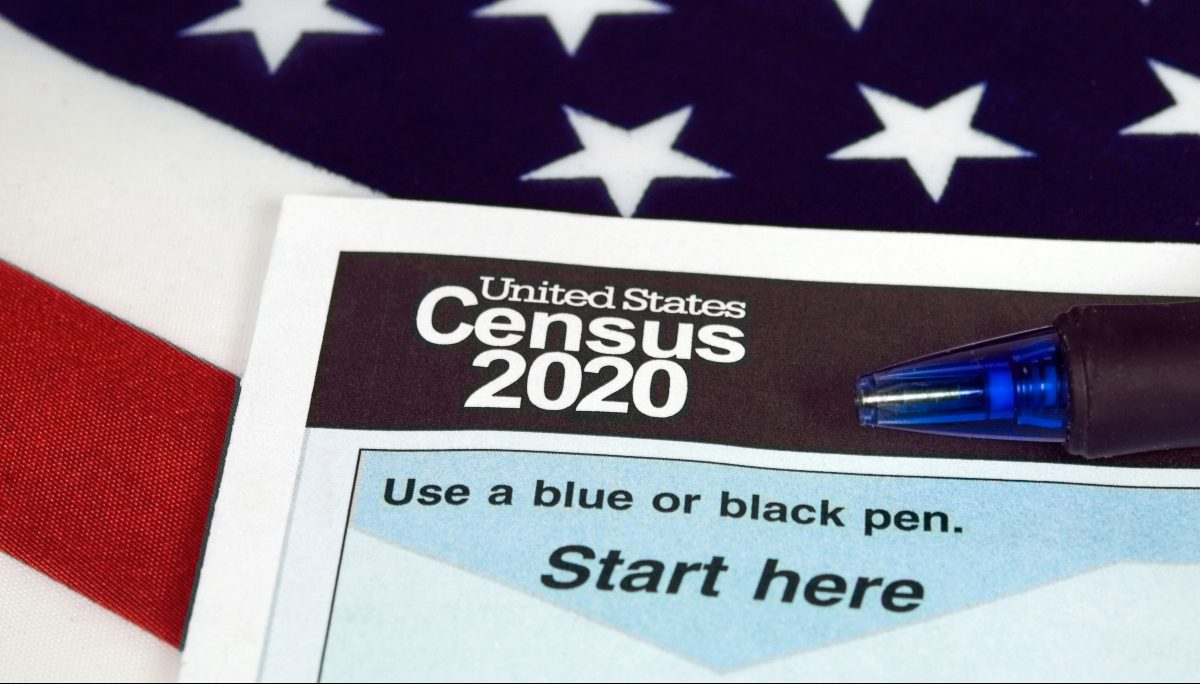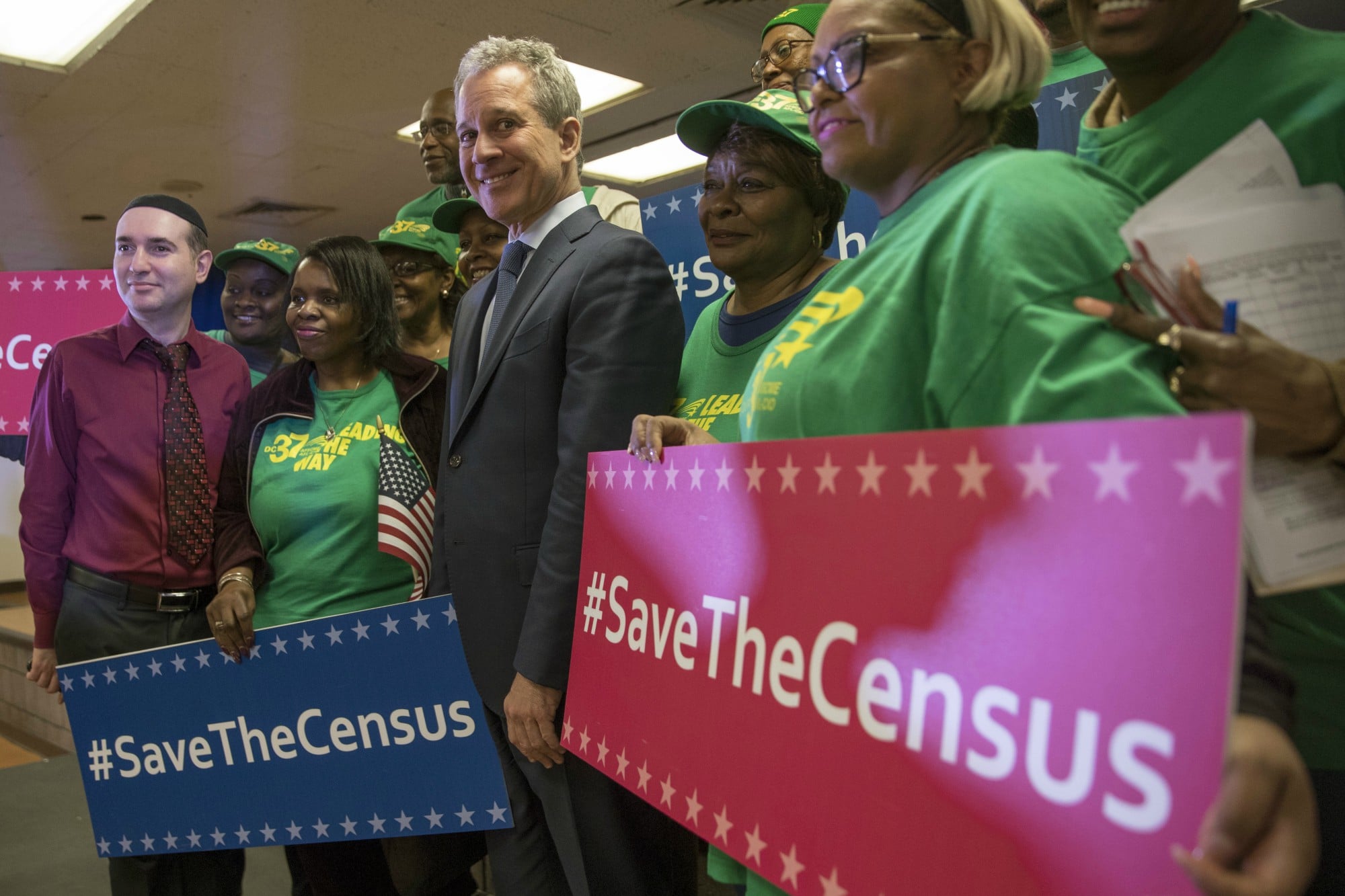Overcoming the US Census report’s digital divide during the COVID-19 crisis
OPINION: The shift to a digital census will only exacerbate the underrepresentation of vulnerable groups in Congress and in municipal budgeting allocations.

The new normal brought about by the coronavirus, which requires social distancing and stay-at-home orders, deepens the digital divide in America, which further enhances discrimination, between those with access to technology and those without.
American residents who at least had limited access through public resources prior to March 13, now have joined the ranks of those with no option from a requirement to stay home.
As a result of pandemic ramifications and quarantine orders, the 2020 Census has made a direct shift to digital data accumulation. However, this shift will only exacerbate the underrepresentation of vulnerable groups in Congress and in municipal budgeting allocations because of increased poor census statistics. These stats result from the number of people who now cannot complete the form in person or digitally.
So, how do we implement justice in the face of greater obstacles, in an already unfair system?
READ MORE: Fill out your US census — our democracy depends on it
Every 10 years, the U.S. government conducts a population census to count every person, not just citizens, living in the United States. The census is mandated by Title 13 of the U.S. code, meaning it’s a legal obligation to fill out, and to do so accurately, subject to the penalties laid out by the U.S. government in Title 13 chapter 7.
Census accuracy is important because of the impact it has on the functioning of American cities and political institutions: it determines the number of seats reserved per state in the House of Representatives; it determines the allocation of federal funding to local communities across the nation for items such as the funding of public schools, public hospitals and children’s healthcare, affordable housing, senior centers, and social welfare programs.
In this year of the coronavirus, U.S. residents for the first time will complete the census digitally, by phone, or by mail and in 13 different language: English, Spanish, Chinese, Vietnamese, Korean, Russian, Arabic, Tagalog, Polish, French, Haitian Creole, Portuguese, and Japanese. Everyone living in the U.S. is required to fill out a census (1 per household) — including students, who fill out based on their primary location during the academic year.

Adobe Stock
Although everyone is required to fill out the census, historically it has been the case that not everyone gets counted. The first census was conducted in 1790, recording 3,929,214 people in the 13 colonies. The government sought to “collect the name of each head of household along with a numeric count of every household’s free White males aged 16 and older, free White males under 16, free White females, all other free persons, and slaves as of the first Monday of August 1790.” Within this original count, slaves were actually counted as three-fifths of a person, in a ploy to economically cripple the South, and Native Americans weren’t counted until 1870.
The New York Times reported that, “In the 1990 count, more than eight million people were missed, many of them minorities living in urban Congressional districts that generally vote Democratic. The bureau also estimated that four million people were counted twice — most of them affluent whites living in suburbs that tend to vote Republican.”
Discrimination in census data, as was present in 1790, remains present as we continue collecting data in 2020 — once again leaving minority communities at a financial disadvantage.
In 1999, the Supreme Court of the United States (SCOTUS) ruled that “statistical sampling couldn’t be used to apportion congressional seats — though still used to estimate counts of the homeless & minority populations,” according to Politco. Basically data gained from observing a random selected sampling of a demographic is used to determine a general assumption for the demographic as a whole — using statistical sampling to count people in the census also leaves us vulnerable to a miscount.
READ MORE: What the 2019 Black Census report reveals about Black voter power in the 2020 election
In 2018, the Trump administration proposed another form of census discrimination by adding a new question for 2020 — “Is this person a citizen of the United States?”
In true Trump fashion, the fear-mongering question was intended to promote an “America first” rhetoric, rooted in right-wing populism. The Supreme Court voted against including the question, therefore filling out a census will not bring unwanted attention to non-citizens. However, hesitation persists and the communication of the rulings true meaning is no longer an option in-person.
In New York City, the coronavirus has made it increasingly difficult to reach hard-hit communities with large immigrant populations. NYC Census 2020 intended to do in person events to explain the SCOTUS ruling, but without a connection to people, there is an unmitigated strike of fear in undocumented peoples, which leads to not everyone getting counted, and ultimately leads to the misallocation of resources.
The discrimination brought about by the digital divide will be further enhanced in the wake of COVID-19 and consequently, census data stands to be skewed, probably more than usual. The elderly, homeless, and low-income households will likely see fewer resources for the next decade as a result of their lack of access to technological devices and broadband services during the government mandated isolation.

New York Attorney General Attorney General Eric Schneiderman poses for a photo with members of District Council 37 after a news conference, Tuesday, in which Schneiderman announced a new lawsuit by seventeen states, the District of Columbia and six cities against the U.S. government. (AP Photo/Mary Altaffer)
According to the Pew Research Center, 10 percent of Americans were not online in 2019. With a total of 382.2 million in the U.S., that means 32.8 million people were not connected to the internet. Data shows that these number disproportionally affect rural communities and Black and Hispanic peoples.
Six percent of Americans, over 19 million households, lack access to fixed terrestrial advanced telecommunications capability and the situation is especially problematic in rural areas, where over 24 percent of people and 32 percent of Tribal Lands lack access. The divide has been narrowing, but COVID-19 may just mean that once again, Native Americans will be overlooked by the U.S. bureaucracy.
In the midst of our new normal, the digital divide will make it exceedingly difficult to collect accurate census data from those households identified as under-represented. Consider households that were using public resources like computers at the public library. In order to decrease the divide, the federal government should take the initiative to erect public-private partnerships, or use community block grants to provide wi-fi hotspots to vulnerable communities.
Some cities have partnered to bring free internet to public spaces, but people have no business gathering, so this effort should be expanded. Technology should also be provided — this is not only important to count for the census, but for students who are inhibited from learning virtually and those looking to transition to the online workforce.
If you’re reading this, you probably have access to the internet via a phone, a computer, or a tablet of some sort — that means that you have a responsibility to not only fill out a census for your household, but to make sure you communicate that responsibility to others. Not everyone who has access to technology fills out the census but they need to.
Volunteer with your local government and census advocates to connect with vulnerable populations digitally (from the safety of your home of course), like participating in a text-a-thon, or posting a flyer and providing information in your COVID essential business. If we don’t get this right, it will be a LONG decade.
